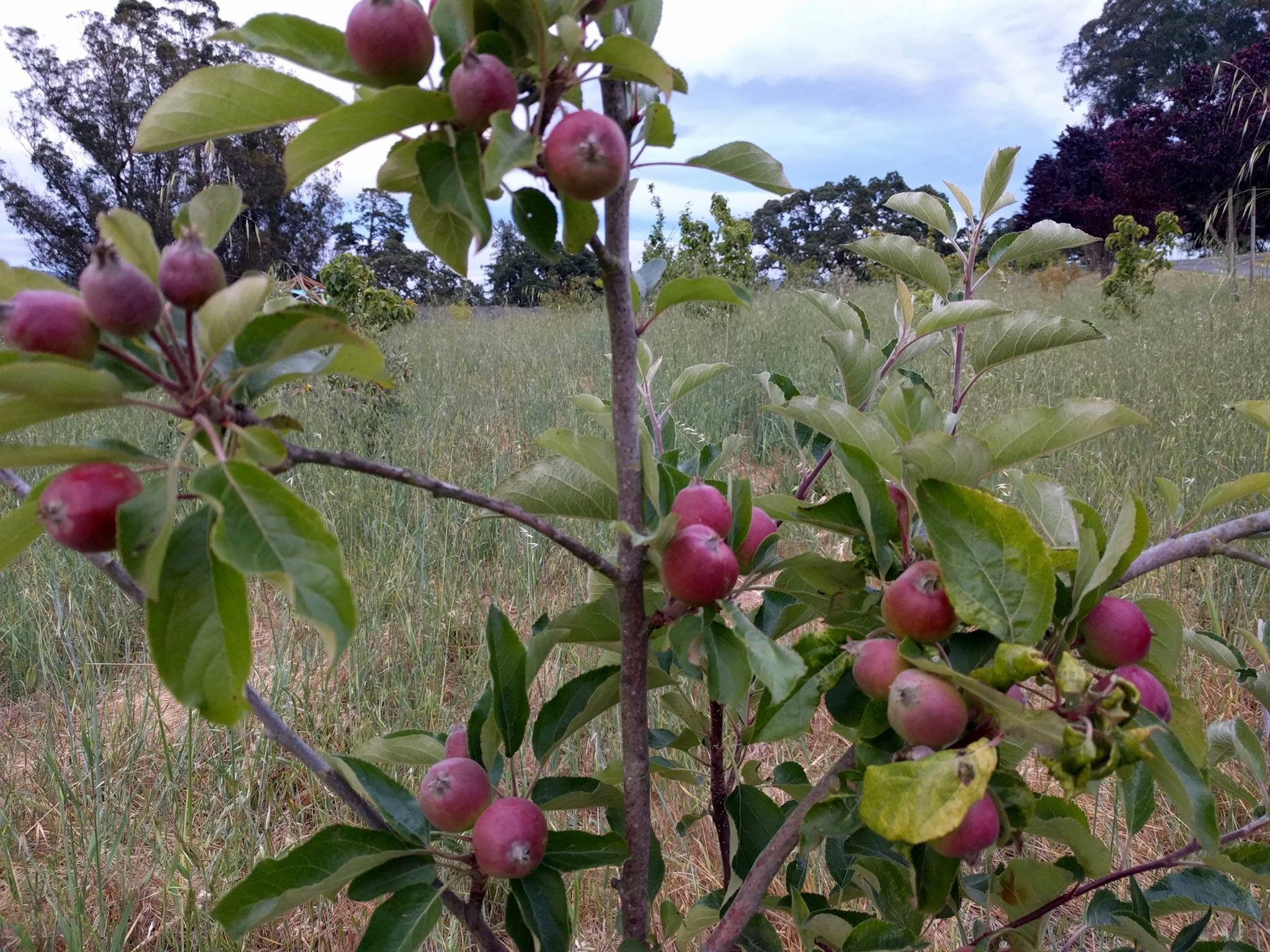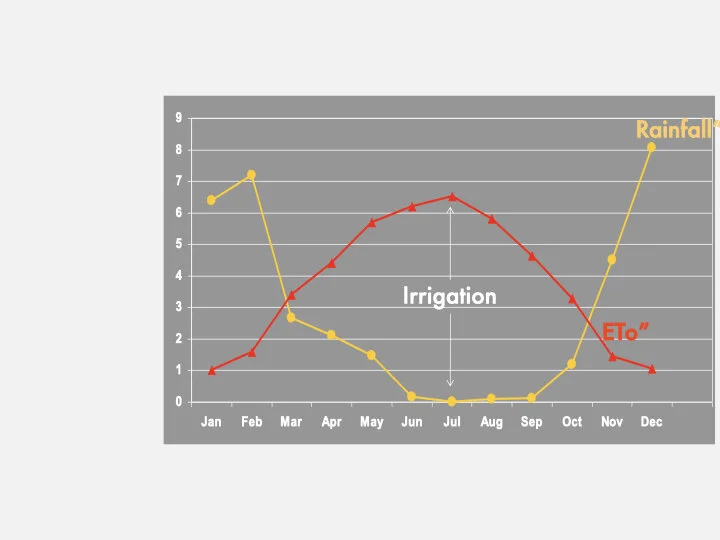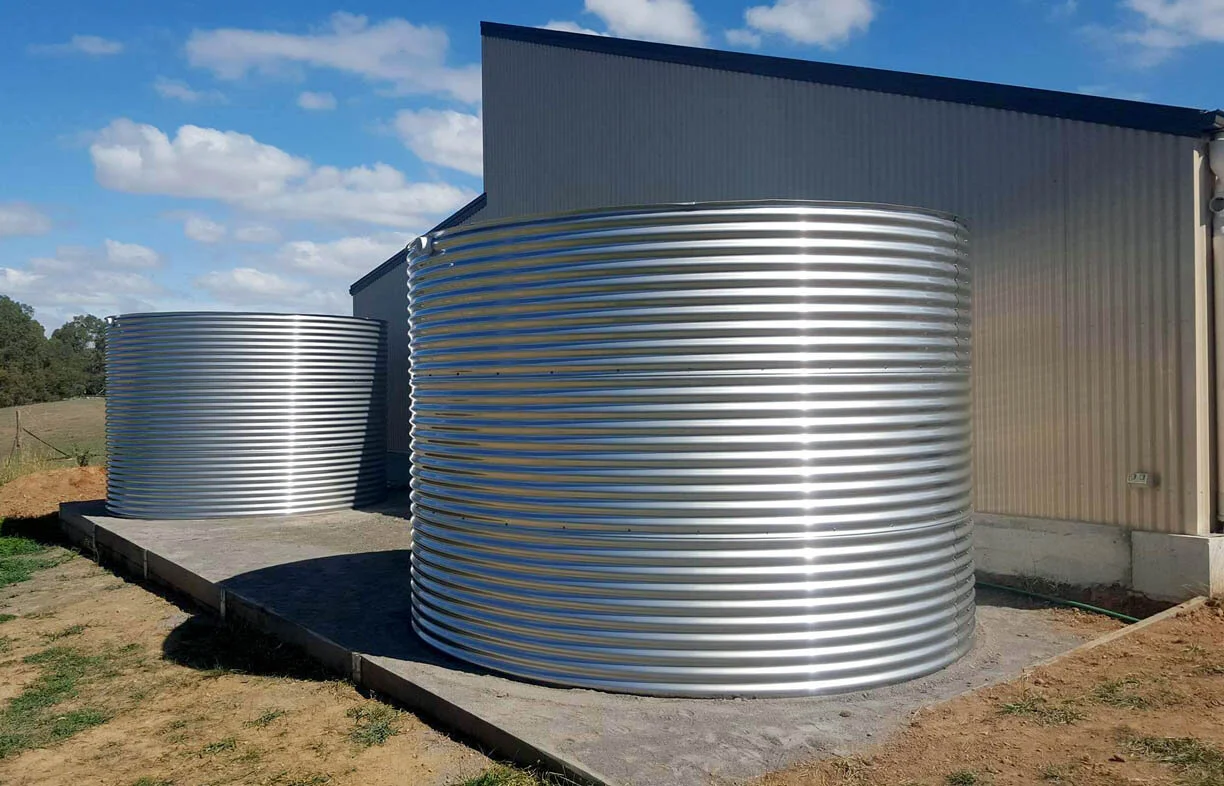
Introduction to
Rainwater Re-use

Solutions from the sky
Rainwater harvesting can help solve potable, non-potable, stormwater and energy challenges


In its essence, rainwater is “pure”, distilled water evaporated from the sun

Maybe not so pure…
Rain passes through the atmosphere before falling to the ground so it can pick up contaminants in the air. While much rainwater is relatively “pure” (may be even cleaner than the public water supply) you can’t just assume it’s safe to drink. Water intended for drinking needs to be filtered, disinfected, and tested regularly.

Only as clean as the collection surface
Rain can wash different types of contaminants off of surfaces into the water you collect, so rainwater that has run off of plants, buildings or other surfaces could pick up toxic substances. Roofing materials, gutters, piping, and storage materials can introduce harmful chemicals like asbestos, lead, and copper to the water, which is why systems must adhere to strict building material standards especially depending on the intended use of the water.

How much water you collect depends on the area of your surface.


Multiply the square feet in your roof footprint by your annual average precipitation in inches.


Multiply by 0.62 to convert from inches to gallons.
1 inch of rain on 1 square foot is equal to 0.62 gallons


Rainwater can be stored longterm and used for irrigation and other non-potable uses with little to no treatment.

Slow it, spread it, sink it, store it.
Rainwater can be stored in deep aquifers, ponds, and tanks of all kinds. When rainwater can't soak into the ground, it runsoff and picks up pollutants that can flow into waterbodies or can overwhelm local combined stormwater/sewage infrastructure causing sewage overflows into open waters. Directing rainwater to passive infiltration areas for groundwater recharge is multilaterally beneficial and can have a huge effect on the local hydrology of groundwater aquifers.
Save it for a rainy day
Rain is a much inherently cleaner water source than graywater, so it can be stored longterm with minimal to no treatment. Polyethylene tanks, Corrugated Steel Tanks, Subterranean Tanks, Modular tanks and Barrels come in array of sizes and shapes to fit the space you have available, and are generally straightforward to install. Compared to Graywater which is produced year round, in many Mediterranean climates rain only falls during cool winter months when irrigation water isn’t needed anyway, so storage volumes need to be relatively large to approach total replacement of the typical quantities of water required for irrigation.

Rainwater needs to be treated before it is safe for potable use
Filtration can remove sediment, metals, and other organic matter but small microorganisms such as bacteria can pass through some filters, requiring a disinfection method:
chlorination
ultraviolet light (UV)
ozonation
Chlorination uses the chemical of chlorine in either dry, liquid, or gas to kill microorganisms. It is very effective with viruses and bacteria, especially when large amounts of water will be stored for later use.
UV works by disrupting the DNA of microorganisms so that they can’t reproduce, but requires the water to be virtually free of any large sediment which blocks the UV light rays.
Ozonation disinfects by introducing ozone gas into the distribution system or in the storage tank. Ozone is a colorless gas that disinfects, oxidizes, deodorizes, and decolorizes but is toxic so this type of system must be done by a licensed professional.
How much you need depends on your water budget
Evapotranspiration (ET) is the water loss that occurs from landscape due to weather factors (sunlight, wind, humidity, temperature) composed of evaporation from soil and plant surfaces and transpiration by plants (people sweat, plants transpire). ET rate changes as weather changes and is used to calculate how much irrigation water you need to apply.


Store as much as your can
Usually the main limitation to rainwater catchment systems is not the amount of water available (≈ 32, 240 gallons annually for an “average” size home roof (2,600 square feet) in Northern California, USA (20” inches annual rainfall)), but rather the amount of physical space for storage or the cost of tank materials. An approximate 2020 average price for a 2,500 gallon polyethylene tank is $1,000.00 USD, so the (13) tanks necessary to store the entire amount of average total rain water available would cost $13,000.00 USD and occupy a physical footprint of 80’ ft x 6’ ft (480 sq ft).

Under pressure
Elevation has an effect on pressure, also called “head”, whereby pressure increases or decreases by .433 pounds per square inch (psi) per each 1 foot of elevation change (2.31 ‘ feet= 1 psi). The water level in a typical 2,500 gallon tank stands about 6 ft tall when full, supplying ≈2.6 psi of pressure at the bottom outlet. Pressure is like the fuel for moving fluid around throughout your system, and ≈2.6 psi is enough for hand watering and some types of drip emitters but is NOT enough to operate typical automatic irrigation valves (solenoid) requiring more pressure for their internal mechanisms to work. There are available however, low-voltage mechanically actuated ball valves that will work with such low operating pressures.


Is rainwater catchment legal?
Rainwater collection is allowed in most but not all places. Some states consider rainwater the property of the state and prohibit its collection, so you should consult with your local government (i.e. environmental health department) before planning your system. Many jurisdictions allow tanks under 5,000 gallons installed on grade to be installed without a permit. Systems utilizing a pump will likely be required to install an approved BFPD (backflow prevention device)on their potable water supply to prevent an inadvertent cross connection back into the public supply.

Different types of tanks
Come in almost any size, shape and colour you can imagine. The most common plastic tanks are made of polyethylene, often just called 'poly' tanks. Other types of tanks include:
Welded Steel tanks
Bolted Steel Tanks
Concrete tanks
Underground Fiberglass Tanks
Carbon Welded Steel Tanks
Pillow Tanks
Barrels

Which tank is best?
Plastic tanks
Made from polyethylene and/or polypropylene, plastic tanks are relatively easy to install and can take light impacts due to their ability to spring back into shape, but do have more embodied energy than you might think. Made predominantly from petroleum, most poly tanks slowly degrade over time with exposure to the sun despite having UV inhibitors added to the plastic, and at end of life pose a problem because they can only be recycled into a limited range of other products so usually end up in a landfill which given their mass is of substantial impact.
Concrete tanks
Concrete tanks can be quite durable but will sweat water through if they don’t have a liner, due to microscopic capillary action through the concrete. Concrete tanks do represent a large volume of materials with high embodied energy due to the manufacturing process of cement (the binder in concrete). Disposal-wise concrete tanks are fairly benign, and many companies can recycle concrete though it is not a service that is available everywhere.
Steel tanks
Stainless steel tanks can be more expensive than other types, but generally don’t corrode to the level that coated steel tanks do, so when it comes time to scrap them, most scrap metal dealers will actually pay you for them, as stainless steel is quite valuable. It all begins with an idea. Maybe you want to launch a business. Maybe you want to turn a hobby into something more. Or maybe you have a creative project to share with the world. Whatever it is, the way you tell your story online can make all the difference.

WHERE to put a rainwater tank
Where you place a tank will determine its size, shape, and appearance. Placing a the tank next to a house or shed makes water collection piping simpler, though tanks can be placed away the catchment roof and filled through an underground piping system known as a “wet conveyance system”. Regardless of where you locate your tank, a sound foundation is required for all tanks to prevent uneven settling from the tremendous weight of the water. Tanks will also require an “overflow” location where excess rainwater can be discharged to a storm drain or other suitable location without causing erosion.

Return on investment
What is the Cost/ Benefit Analysis of Graywater Systems?
More simple designs have a lower initial and operating costs and environmental impact (from embodied energy in manufacturing of materials etc.) but may not offer high levels of irrigation efficiency to offset spending on potable water. More complex designs that use drip irrigation may offset more potable water use/cost but may have operational costs (ie. electricity for pump) and a higher initial financial cost and environmental impact from high-tech components. Are the water savings sufficient to justify the proposed system? The bittersweet answer is: “It depends”. Cost/benefit analysis can also be drastically shifted in certain situations such as
failing septic system
Emergency water shortage
Large volumes of graywater

How do greywater systems work?
Most include a collection system to separate graywater from blackwater through what’s referred to as dual-plumbing, a piped distribution system to landscape infiltration areas such as mulch basins or drip-irrigation zones, and a diversion mechanism that allows a way to easily switch the graywater back to a sewer/septic system in case your graywater becomes contaminated. The different system designs are divided into 2 main categories:
Low-tech
gravity fed distribution systems are landscape direct, meaning they have no storage or filtration and just passively flow directly into the landscape as the graywater is being produced.
High-tech
systems may use a surge tank, pump, filter, controller and sensors and to achieve highly controlled drip irrigation.





















